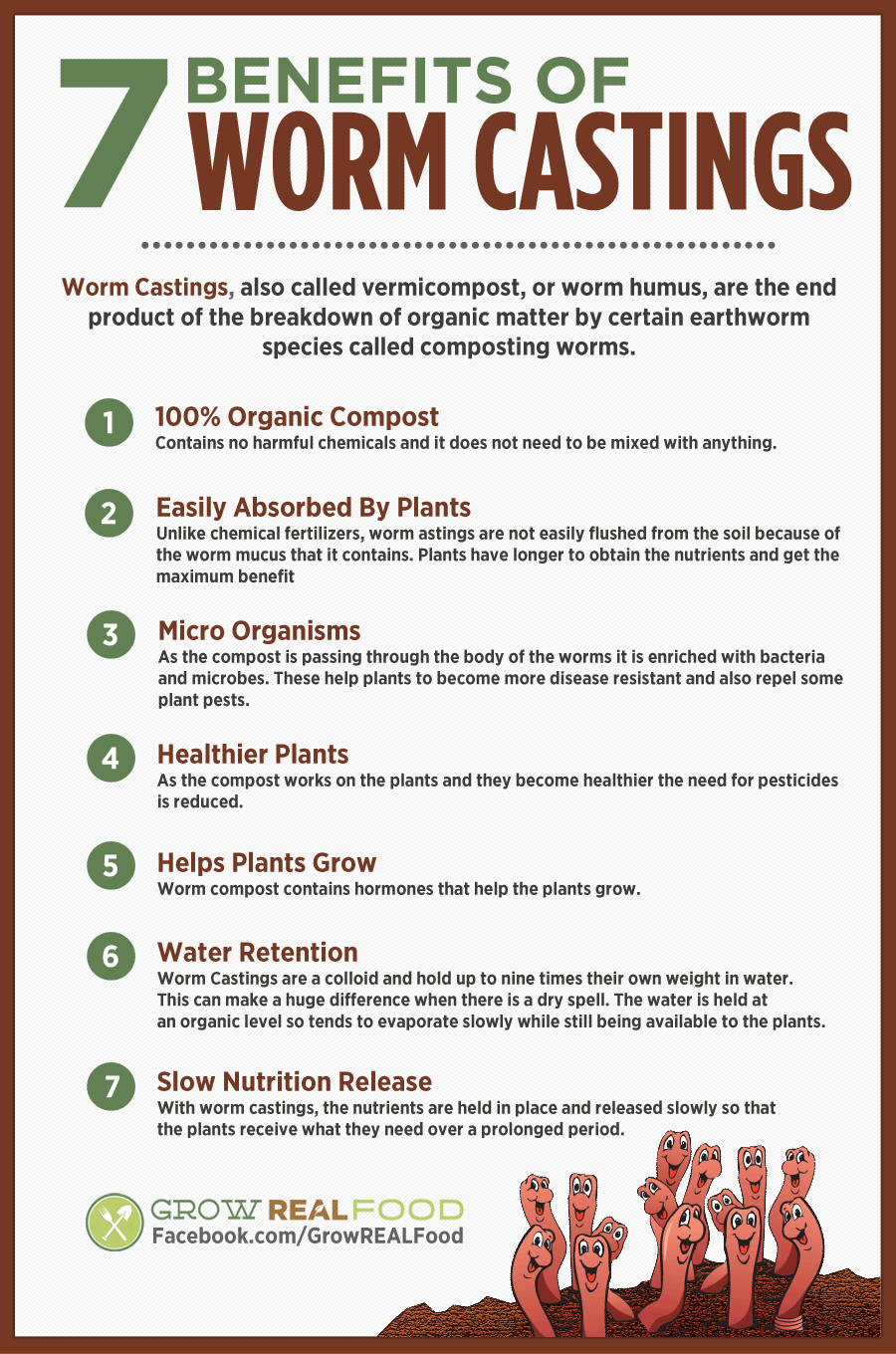Little Known Questions About Red Wiggler Express.
Table of ContentsThe Greatest Guide To Red Wiggler ExpressRed Wiggler Express for BeginnersThe Only Guide to Red Wiggler ExpressThe Definitive Guide for Red Wiggler Express

The germs need wetness, oxygen, and a food resource to flourish. When turning no much longer creates warmth with appropriate moisture and oxygen, the thermophilic microbes have primarily died-off and the mesophilic germs (70-100 F.) take over the decomposition process.
This is a little simple yet primarily accurate. Worm composting happens in the mesophilic range (70-90 F.) The worm bedding is a combination of various carbon products. The worm bin temperature is regulated by including only percentages of nitrogen products at one time. In some cases the nitrogen products are also pre-composted (thermophilic) prior to introducing to a worm container.
The communication of worms and bacteria is tantamount to understanding worm castings. Earthworms acquire their nourishment from the different microbes that are taken in. Nonetheless, as the food goes through a worm's digestive system, earthworms add their very own microbes in the procedure. The outcome is Worm spreadings producers control the conditions in their worm's environment to make the worm composting procedure work - Red Wiggler.
8 Simple Techniques For Red Wiggler Express
Some instances: Bedding temperatures, moisture levels, type of composting worms, sorts of bed linen materials, different food sources, and length of time before castings gather all have an effect on the high quality of castings (or lack thereof). By far, these "controlled problems" have the biggest impact on the overall high quality of the worm castings.

This includes living organic issue, dead raw material, and very dead natural matter (humus). Allow me throw away a few terms and see if any one of these recognize to you: weakened, farmed-out, erosion, nitrogen run-off, algae blossoms in lakes, wind erosion, silt, chemicals, chemical fertilizers, watering, water contamination, fish kills, bees dying, reduced insect populations, mineral deficiency, less nutrient-dense foods, drought problems, loss of topsoil, compaction, and I could go on forever.
Possibly it is time for a change? To recognize the importance of Healthy soil, let's analyze what Un-healthy dirts bring to the table. Unhealthy soil is a major contributor to climate adjustment.
Our Red Wiggler Express Ideas
Healthy and balanced soil really sequesters carbon and relieves climate change. Let's chat concerning the benefits of worm spreadings and exactly how they can help.
(https://www.anobii.com/en/01cd37491717b9b8b8/profile/activity)This raises the population of microbes in the dirt. The CEC is a measurement of your soils fertility capability. The greater your CECthe more productive your dirt is or can end up being. Worm additional info spreadings are near neutral pH. They can make acidic dirts more neutral or alkaline soils a lot more acidic. Spreadings are granular and assist to make oygenation space in the soil.
Worm castings hold water like a sponge. Worm spreadings assist to form "dirt aggregates" which reduce compaction problems in your dirt.
Worm castings applications along with organic garden compost materials can improve sandy or clay dirts greatly. No discussion of the advantages of worm castings is complete without addressing the NPK classification.
See This Report on Red Wiggler Express
Right here is the trouble. Many worm castings will certainly evaluate 1-0-0 on an NPK examination. Chemical fertilizers are not in a plant-available type.
That is why there is constantly a lot excess with chemical plant foods. They also do not provide lots of points that healthy and balanced plants need to grow. (plant hormonal agents, humic acids, etc) Nonetheless, worm spreadings function completely in different ways than chemical plant foods. They are not also in the exact same class. It is an apples and oranges contrast and full lack of knowledge on the part of the fertilizer regulators.
They also create plant hormonal agents, humic acids, and other things. They produce this in a plant-available form, so your plant does not call for that much. It is a two-way cooperative partnership with your plants and the dirt.
This laboratory test result is most likely trivial if you are a garden enthusiast. Nonetheless, if you are a farmer of a particular crop (ie.tomatoes, cannabis, etc) and know certain kinds of worm spreadings function well for you, it is crucial info. My suggestion is to function with a worm spreadings producer and ask for the laboratory examination results.